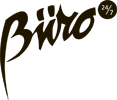The Others
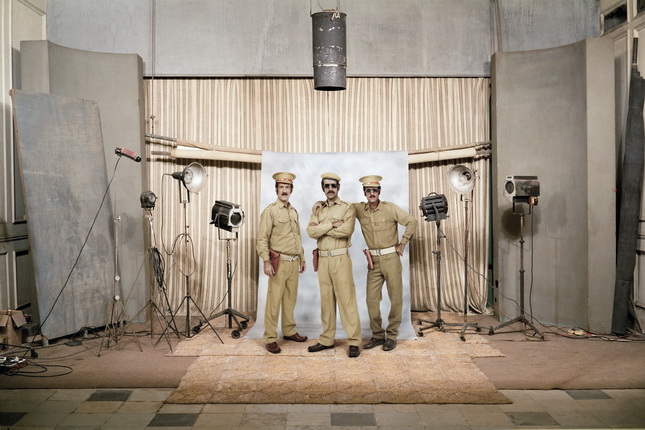
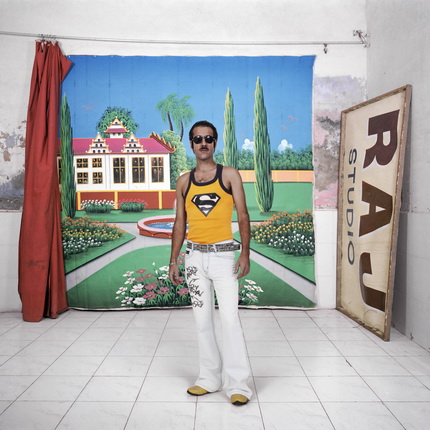
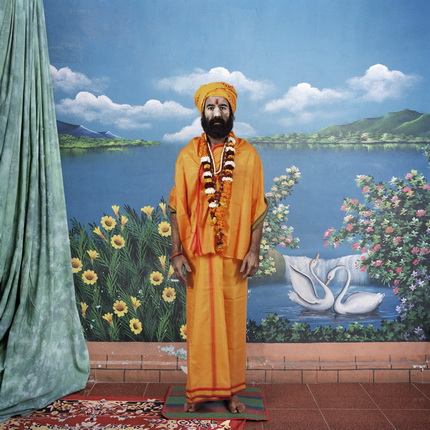
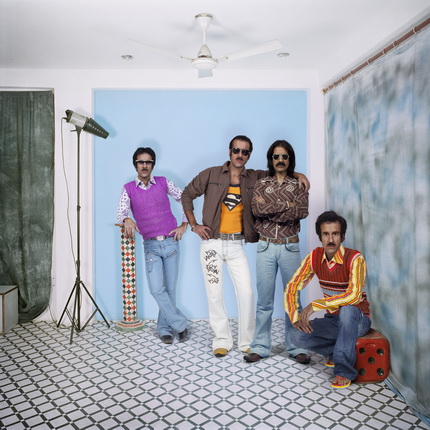
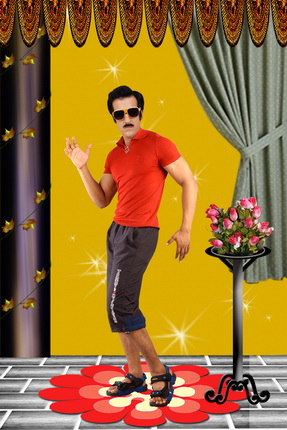

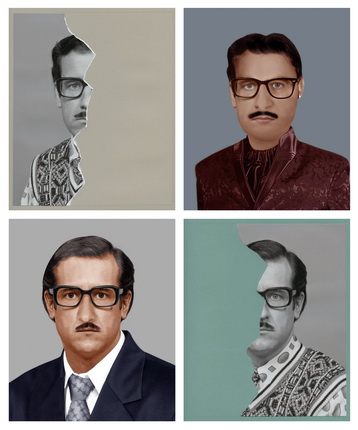


Olivier Culmann. Phase 1, series The Others. India. 2009-2013. © Olivier Culmann/Tendance Floue
Olivier Culmann. Phase 1, series The Others. India. 2009-2013. © Olivier Culmann/Tendance Floue
Olivier Culmann. Phase 1, series The Others. India. 2009-2013. © Olivier Culmann/Tendance Floue
Olivier Culmann. Phase 1, series The Others. India. 2009-2013. © Olivier Culmann/Tendance Floue
Olivier Culmann. Phase 2, series The Others. India. 2009-2013. © Olivier Culmann/Tendance Floue
Olivier Culmann. Phase 2, series The Others. India. 2009-2013. © Olivier Culmann/Tendance Floue
Olivier Culmann. Phase 3, series The Others. India. 2009-2013. © Olivier Culmann/Tendance Floue
Olivier Culmann. Phase 4, series The Others. India. 2009-2013. © Olivier Culmann/Tendance Floue
Olivier Culmann. Phase 4, series The Others. India. 2009-2013. © Olivier Culmann/Tendance Floue
Moscow, 17.02.2016—17.03.2016
exhibition is over
Central exhibition hall Manege
1, Manege Square (
www.moscowmanege.ru
Share with friends
Curators: Olivier Culmann, Anna Zaitseva
For the press
French artist Olivier Culmann’s project The Others (2009–2012) reveals the mechanisms we use to form identity. His exploration focused on the social codes of India, but the project has implications unrestricted by geography or nationality.
Since time immemorial people have experimented with various costumes and guises. This became a game of social convention many years ago. A person’s appearance — their clothes and hairstyle — conveys important information about religion, social class, occupation and place of origin.
By examining dress code and other ‘expressive’ attributes of external appearance, Culmann created a series of self-portraits, transforming into the diverse ‘types’ of Indian society. These self-portraits served as a starting point for the project. The artist then subjected the photographs to digital and analogue manipulation, dividing his project into 4 phases.
This is by no means an attempt to reduce the various ‘types’ in Indian society to the level of farce, for Culmann’s portraits reflect the spirit of our times. The fictitious lives that take turns in a New Delhi photographic studio are no more illusory than the lives we regard as ‘real’. Shapes, colours and textures, these are the signals we transmit to others, from whom we wish to distinguish ourselves. Although by inevitably obeying the rules of the game, we don clothing and assume an image prepared for us by others.
Any one of Culmann’s portraits may be compared to a short story. Yet the artist refrains from offering a connective, ready narrative. He merely provides us with allusions and hints, so the viewer must himself reconstruct the life of the character portrayed. Different elements of these images serve only as clues for our interpretation, drawing us closer to others and making us unravel the tangle of hypotheses presented by this artist.
The Others was first exhibited at the Musée Nicéphore Niépce (Chalon-sur-Saone, France), from 2015 to 2016.
With the support of
General information partner |




